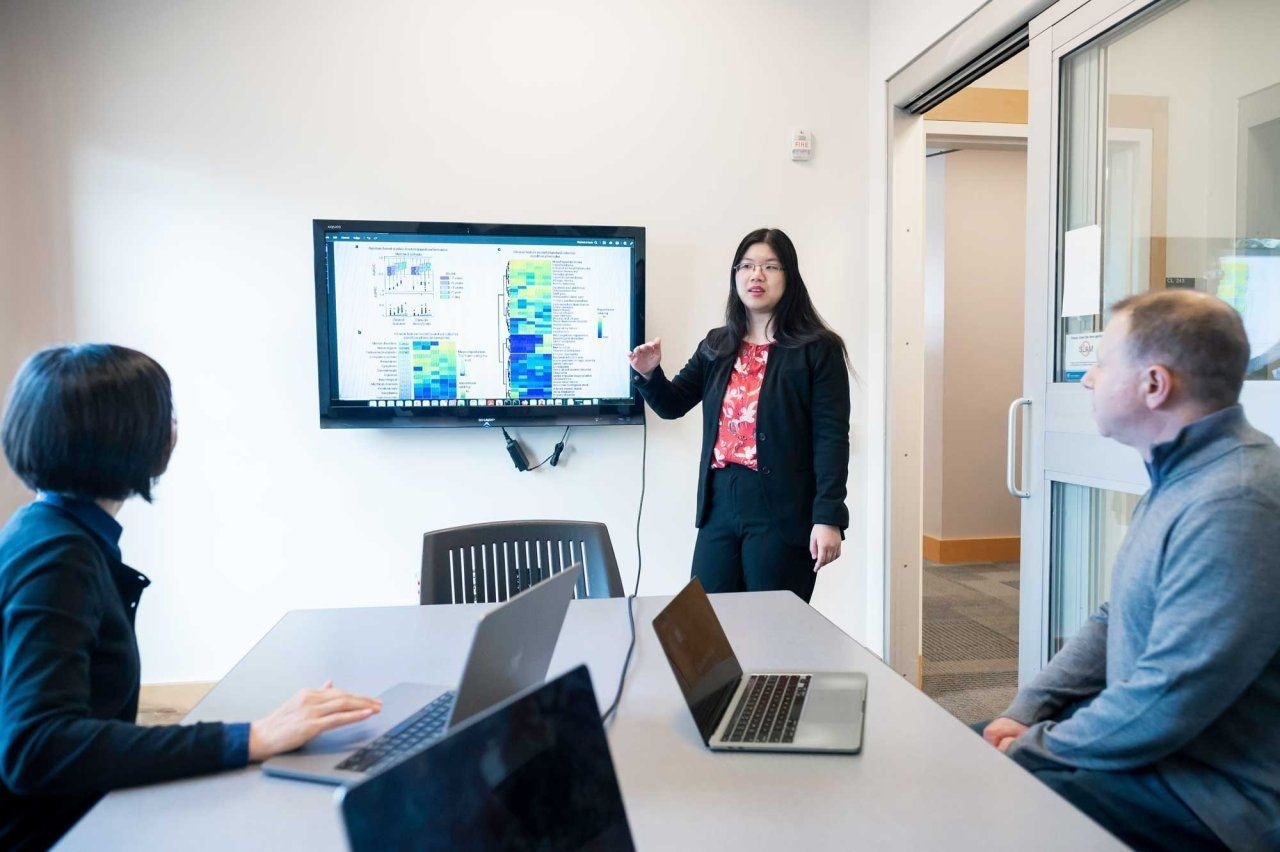scientists of University of California, San Francisco They discovered a way to use machine learning to analyze patient records and predict the onset of Alzheimer’s disease up to seven years in advance.
The two factors that most influenced this prediction were high cholesterol and osteoporosis, which weakens women’s bones.
This study shows the potential of applying artificial intelligence (AI) to identify patterns in clinical data, which can then be used to search extensive genetic databases to determine the cause of that risk. can do. Researchers believe that in the future, complex diseases such as Alzheimer’s disease can be identified and managed faster.
This is the first step toward using AI in routine clinical data to not only identify risks as early as possible, but also to understand the biology behind them. The power of this AI approach comes from identifying risks based on disease combinations..
Alice Tan, lead study author and MD/PhD student, University of California, San Francisco
Here are the findings: natural aging.
The power of clinical data and predictions
Researchers have long been searching for biological causes and early indicators of Alzheimer’s disease. Alzheimer’s disease is a type of dementia that causes memory loss and is progressive and ultimately fatal. About two-thirds of the 6.7 million Americans with Alzheimer’s disease are women. The likelihood of contracting this disease increases with age. Women generally live longer than men, but this does not completely explain their higher rates of disease.
To find comorbidities in patients diagnosed with Alzheimer’s disease at UCSF’s Memory and Aging Center compared to people without Alzheimer’s disease, researchers looked at UCSF’s clinical database of more than 5 million patients. I used They found that he could predict with 72% predictive power up to seven years in advance who would develop the disease.
Many factors were predictive for both men and women, including high blood pressure, elevated cholesterol levels, and vitamin D deficiency. In men, prostate enlargement and erectile dysfunction were also predictable. However, osteoporosis was a particularly important predictor for women.
This does not mean that all older women with bone disease will develop Alzheimer’s disease.
It is the combination of multiple diseases that allows our model to predict the onset of Alzheimer’s disease.Our finding that osteoporosis is one of the predictive factors in women highlights the biological interaction between bone health and dementia risk.
Alice Tan, lead study author and MD/PhD student, University of California, San Francisco
precision medicine approach
The researchers used a specialized tool, the Scalable Precision Medicine Oriented Knowledge Engine (SPOKE), created at UCSF and developed in the lab of Dr. Sergio Baranzini, professor of neurology and member of the UCSF Weill Institute for Neuroscience. I used it to deepen my understanding. The biology behind the predictive power of models.
SPOKE is a database of databases that scientists can use to spot trends and set therapeutic targets at the molecular level. This study identified a widely recognized link between high cholesterol and Alzheimer’s disease due to mutations in the apolipoprotein E gene (APOE4). However, when integrated with genetic databases, researchers also discovered a link between osteoporosis and Alzheimer’s disease in women through a variation in a little-known gene called MS4A6A.
Ultimately, the researchers hope the method could be applied to other difficult-to-diagnose conditions, such as endometriosis and lupus.
This is a great example of how patient data can be leveraged with machine learning to predict which patients are likely to develop Alzheimer’s disease and understand why..
Dr. Marina Sirota, senior study author and associate professor, Bakar Computational Health Sciences Institute, UCSF
The National Institute on Aging provided primary support for this study. The Medical Scientist Training Program provided additional support.
Reference magazines:
Tang, SA; other. (2024) Leveraging electronic health records and knowledge networks for Alzheimer’s disease prediction and gender-specific biological insights. natural aging. doi.org/10.1038/s43587-024-00573-8.
sauce: https://www.ucsf.edu/
